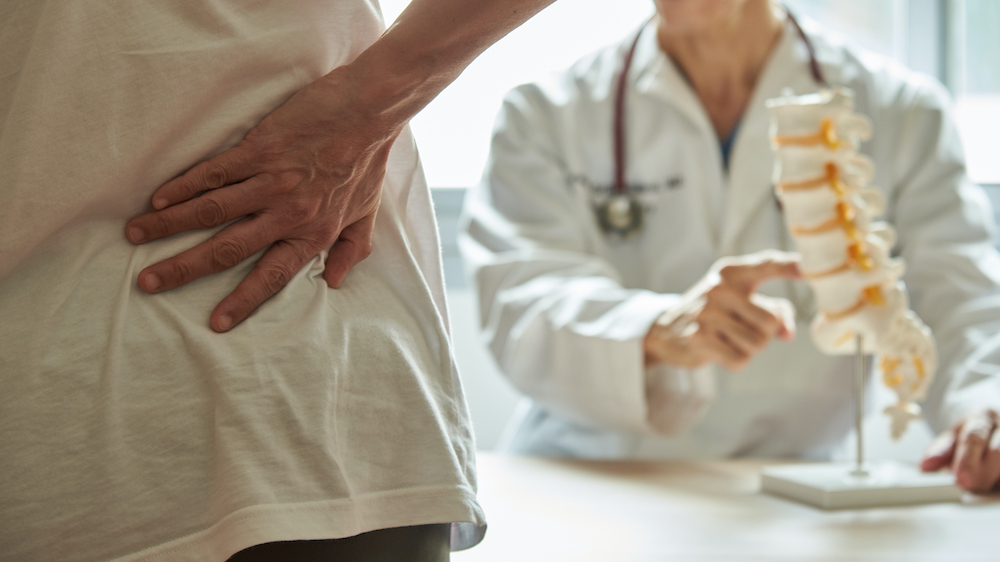Back and Spine Health
The middle back (lower thoracic spine) is located below the neck and just above the end of the ribs. People who suffer from middle back pain usually experience mild, moderate or chronic symptoms. Some may require surgery while others can benefit from conservative treatment after consulting with spine surgeons in North Las Vegas, NV.

Common Symptoms of Middle Back Pain
The most common (mild-moderate) symptoms of middle back pain include:
• Aching muscles
• Tightness in the muscle tissue
• Dull pain
• Sharp pain
• Burning sensation
When left unmitigated, the symptoms can exacerbate to:
• Loss of bladder and bowel control
• Chest pains
• Weakness in the legs and arms
• Numbness in the chest, arms or legs
What Are Some of the Most Common Causes of Middle Back Pain?
It is important to understand that the middle back is sturdier than the upper and lower back. It primary serves as an anchor for the chest and abdomen, protects the spinal cord and stabilizes the body. Given its sturdy nature, middle back pain is less common than both upper and lower back pain.
Some of the main causes of middle back pain include:
1. Poor Posture
Poor posture such as slouching and bending the back when seated usually puts pressure on the muscles in the lower back and spine. Repeated pressure on these areas can cause aches and pain in the middle back of an individual.
2. Torn Muscles
Repetitive movements such as tough exercises and the lifting of heavy objects can lead to the tear, strain or sprain of muscles in the middle back. Torn muscles can lead to dull aches or sharp pains depending on the severity of the injury.
3. Traumatic Injuries
Severe injuries that touch on any of the muscles, nerves, bones and vertebrae can lead to the misalignment of the spinal column along the middle back and in the process cause mild to severe pain depending on the extent of the injuries. Some of the most common traumatic injuries that lead to lower back pain include: car accidents, hard slip and fall injuries or injuries occasioned by blunt force trauma.
4. Aging
As a person ages, the bones usually lose their strength and the muscles around the middle back usually become weaker and more flaccid. This usually means less protection for the spinal column and its constituent parts along the middle back. Older people are therefore more susceptible to suffering middle back pain even when carrying out simple tasks.
5. Slipped Disc
A spinal disc is a slippery layer of cartilage found between vertebrae that cushions and allows for flexible movement between joints. A slipped disc usually occurs when there is a misalignment of the spine and as a result, the cartilage pushes against nerves in the spinal cord. A slipped (herniated) disc can lead to middle back pain, a tingling sensation or numbness in the area of the body served by the affected nerve especially if there is too much pressure on the nerve.
6. Osteoporosis
This is a condition where the bones in the body are too weak. If the bones in the lower back cannot support the pressure they put under, it can lead to dull aches and pain.
Top Ways to Prevent Middle Back Pain
You can avoid middle back pain by:
• Maintaining a good posture – avoid slouching when upright and keep your back straight when seated
• Maintaining a diet that promotes good bone health
• Keeping your weight in check
• Avoid straining the muscles in your middle back
As always, if you are looking for a reputable spine surgery professional in North Las Vegas, NV, give The Robotic Spine Institute of Las Vegas a call at (888) 617-7463.